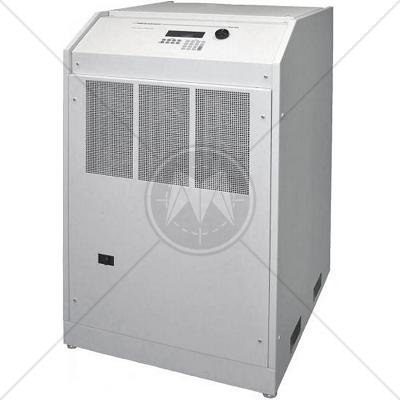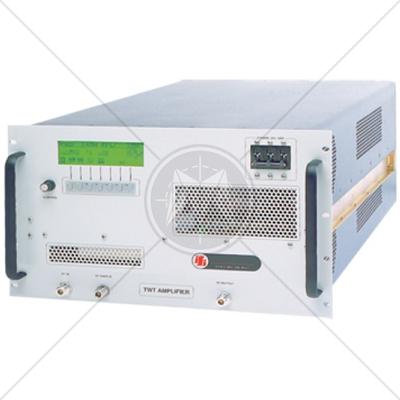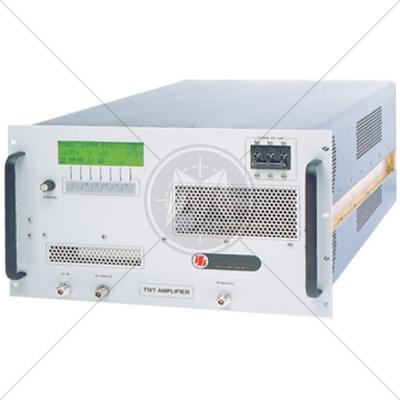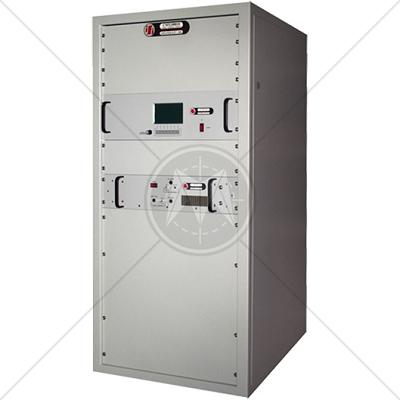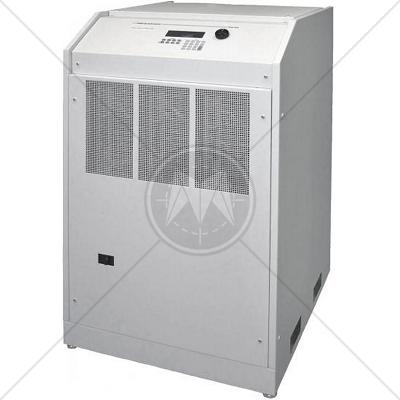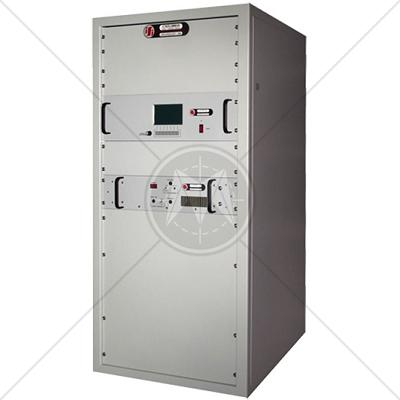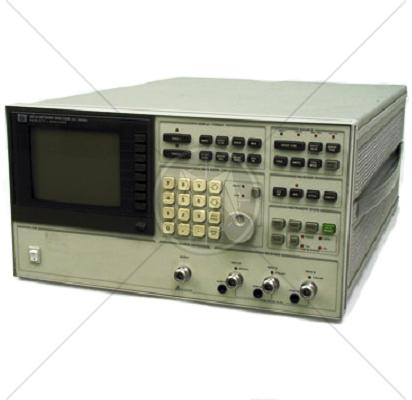|
Frequency Characteristics
Frequency Range: 5 Hz to 200 MHz Frequency Resolution: 0.001 Hz.
Stability: for Option 001' ± 5 X 1o-8/day, 0 to 55° c
(Applicable for instrument on continuously 2 48 hours.)
Output Characteristics
Level Range: + 15 dBm to - 49 dBm
(1.26 Vrms to 793 f-l Vrms; 2 dBV to - 62 dBV) into a 50Qioad.
Resolution: 0.1 dB.
Entry Units: dBm, dBV, V.
Accuracy: ± 1 dB at + 15 dBm and 100kHz. Below + 15 dBm, add the greater of ± 0.02 dB/dB or 0.2 dB.
Flatness: 1.5 dBpp from 5 Hz to 200 MHz Impedance: 50Q; > 20 dB return loss at all levels. RF Output Connector: 50Q Type N female.
Spectral Purity:
Phase Noise (in 1 Hz Bandwidth):
< - 70 dBc at offset frequencies from carrier of
1oo Hz to 20 kHz. Harmonics: < - 25 dBc.
Non-Harmonic Spurious Signals:
< -50 dBc or - 70 dBm whichever is greater.
Reverse Power Protection: Output is automatically opened at a signal level of approximately +22 dBm (50Q), or± 4 Vdc, or greater applied to the source output. Source output is reconnected with the Clear Trip function.
|
Sweep Characteristics
Linear Frequency:
Range: 5Hz to 200 MHz
Entry: Start/stop or center/span frequencies. Span: 0 Hz or 0.01 Hz to 200 MHz, phase continuous.
Sweep Time: 100 ms/span to 6553 s/span.
Direction: Increasing or decreasing frequency. Log Frequency (segmented linear approximation):
Range: 5Hz to 200 MHz. Entry: Start/stop frequencies.
Span: 0.01 Hz to 200 MHz, phase continuous.
Log Accuracy: 2%.
Sweep Time: 200 ms/span to 6553 s/span. Sweep Direction: Increasing frequency.
Alternate Frequency: Sweep alternates between two separate start/stop frequencies using linear sweep only.
CW: Frequency is fixed. Data is updated with a selectable sample time from 1 ms to 16 s.
Discrete: From 2 to 51 discrete frequencies at points of interest. Resolution bandwidth and
Settling time is individually settable. The minimum measurement time for each frequency is typically 10 ms. The discrete sweep table becomes part of the instrument state.
Sweep Direction: Increasing or decreasing
Frequency.
Log Amplitude (fixed frequency): Range: + 15 dBm to - 49 dBm.
Entry: Start/stop level in dBm or dBV.
Sweep Time: 1 ms/step to 16 s/step. Total sweep time/span depends upon total number of steps and time/step.
Sweep Modes: Continuous, single, manual. Trigger Modes: Free run, immediate, line, external.
|
